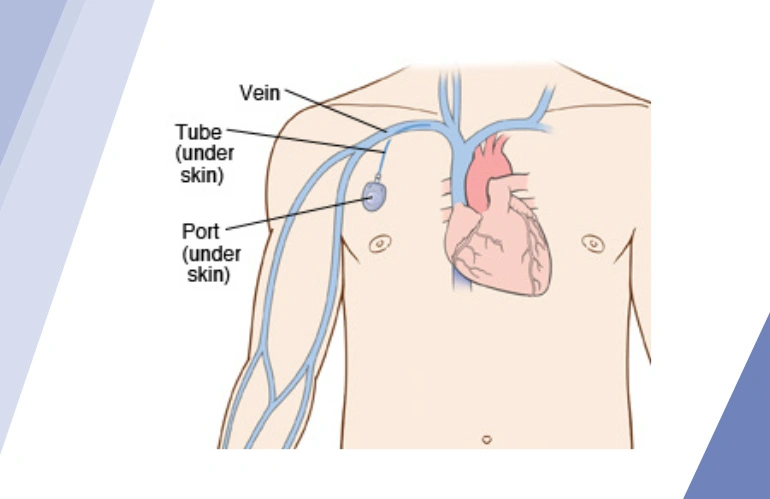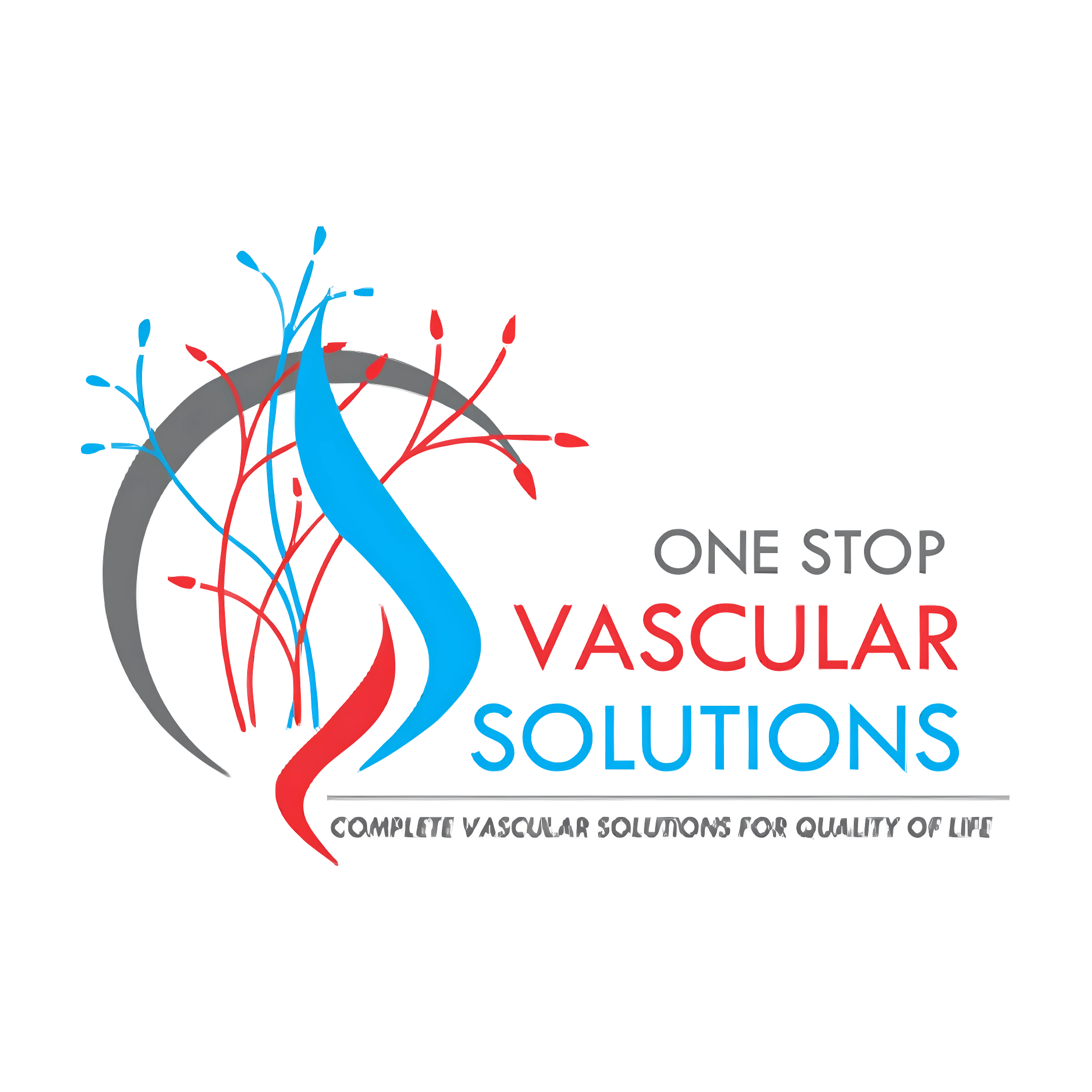Vascular Access for Chemotherapy at One Stop Vascular Solutions
Comprehensive and Personalized Care for Cancer Patients
Vascular access plays a pivotal role in delivering effective chemotherapy for cancer patients. At One Stop Vascular Solutions, we understand the significance of a well-established and reliable vascular access system to ensure the smooth administration of medications, reducing the need for frequent needle pricks and enhancing the overall patient experience.

Indications for Vascular Access Devices (VADs):
Determining the need for a VAD is essential for cancer patients undergoing chemotherapy. Consult with your doctor about the necessity of a VAD if you experience:
- Anxiety about Needle Insertion: If the thought of frequent needle pricks causes distress.
- Difficulty Accessing Veins: When veins are hard to locate or inaccessible.
- Discomfort from Hand or Foot Vein Assessment: Evaluating veins in these areas causes discomfort.


